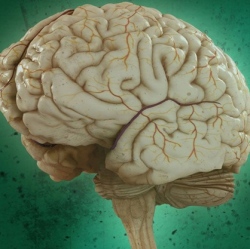
A new method for growing human brain cells could unlock the mysteries of dementia, mental illness, and other neurological disorders. Researchers have used brain organoids for an investigation of microcephaly, a disorder characterized by small brain size, with Andrew Jackson of the University of Edinburgh.
Using cells derived from a patient with microcephaly, the team cultured organoids that shared characteristics with the patient’s brain. Then the researchers replaced a defective protein associated with the disorder and were able to culture organoids that appeared partially cured.
This is just the beginning, says Lancaster. Researchers such as Rudolph Jaenisch at MIT and Guo-li Ming at Johns Hopkins are beginning to use brain organoids to investigate autism, schizophrenia, and epilepsy.
What makes cerebral organoids particularly useful is that their growth mirrors aspects of human brain development. The cells divide, take on the characteristics of, say, the cerebellum, cluster together in layers, and start to look like the discrete three-dimensional structures of a brain. If something goes wrong along the way, which is observable as the organoids grow, scientists can look for potential causes, mechanisms, and even drug treatments.
Since publishing her method, Lancaster has pushed the brain tissue to further levels of complexity with neurons at later stages of development. The number of possible applications grows with each advance. Most tantalizing to Lancaster herself is the prospect that cerebral organoids might solve the deepest of mysteries: what happens in our brains to set us apart from other animals? “I’m mainly interested,” she says, “in figuring out what it is that makes us human.”
